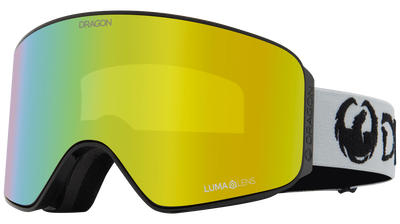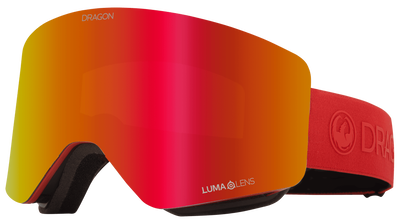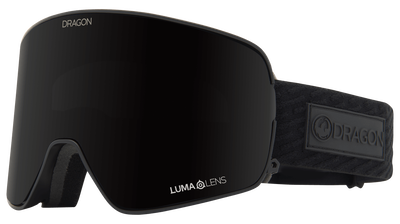As you gear up for your next great adventure, you’ll likely toss on sunglasses to protect your eyes from UV light. While it’s important, UV protection isn’t the only thing to consider when you pick out shades for your outdoor excursions. On those bluebird days, you want to factor in glare as you choose your eyewear. After all, you want to enjoy the breathtaking view of the endless blue sea or sweeping mountain landscape, not squint in discomfort from the glare. To mitigate glare, you’ll definitely want to invest in a solid pair of polarized sunglasses. But what exactly are they, and how do they work? Plus, do they work for all activities? Don’t worry — we’ll break down the ins and outs of polarized sunglasses ahead.
What Are Polarized Sunglasses & Are They Better
When light hits a horizontal surface, you can experience uncomfortable glare as it gets reflected at one angle and right into your eyes. Whether this surface is a pond or a road, glare can make it difficult to see current conditions, which can be dangerous.
Polarized lenses are specifically designed to combat glare, featuring a special coating that blocks some light from passing through the lenses. Essentially, the coating works like blinds that reduce how much light goes through a window when it’s sunny outside — but instead of a window, it’s your eyes. Polarized lenses eliminate glare, reducing your need to squint and allowing you to enjoy clearer vision.
When to Wear Polarized Sunglasses
Outdoor enthusiasts often grab polarized sunglasses to reduce glare and improve visual clarity. Here are just some of the many activities during which polarized sunglasses can be incredibly helpful:
- Water activities (such as boating, kayaking, surfing, and fishing): Whether you’re surfing at the beach or fishing at a lake, polarized lenses can help minimize glare as you conquer the water.
- Driving: Glare that hits the hood of a car or the road can make driving dangerous, so it’s a good idea to wear polarized sunglasses when driving.
- Running: If you’re running on a flat road, polarized sunglasses can help you avoid uncomfortable glare.
When You Might Want to Skip Polarized Sunglasses
Are Polarized Sunglasses Better?
In many cases, polarized sunglasses can be helpful when you experience significant glare. That said, everything depends on context, and, in some contexts, polarized sunglasses aren’t the best choice. Notably, they can cause visual distortion when you look at an LCD screen — that’s why pilots who use LCD instruments shouldn’t wear them.
Polarized sunglasses aren’t always recommended for skiers and snowboarders. While snow can have a lot of glare, polarized lenses can make it hard to see icy patches on the slopes. When you’re in the snow, try testing out both polarized and non-polarized lenses to see which works better for you — while keeping your snow goggles handy, of course! Those who play ball sports (think tennis and baseball) may also want to skip polarized sunglasses, which can impact depth perception as they cut down light transmission.
Shop Our Favorite Polarized Sunglasses
Whether you’re hopping onto a dirt bike or picking up a surfboard, find polarized sunglasses that suit your personal style and needs. Here are just a few of our favorite Dragon Alliance picks to get you started.
- Ezra Polarized: This sleek rectangular frame is made out of premium acetate, which is as luxurious as it is durable.
- Dune H2O Polarized: Besides floating in water, Dune also comes in stylish colorways and features comfortable rubber temple tips and hydrophobic lenses.
- Momentum H2O Polarized: Another pick from our H2O floatable collection, Momentum comes in a stylishly retro shield shape with a single wide lens and sturdy cam hinge.
If your favorite activities involve a lot of glare, polarized sunglasses can be a wise investment. But whether you’re on the hunt for polarized or non-polarized sunglasses, you can shop sleek, high-performance styles from Dragon Alliance’s eyewear collection.


